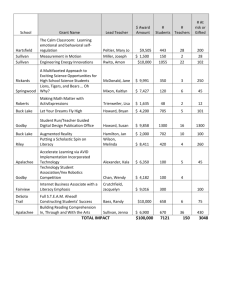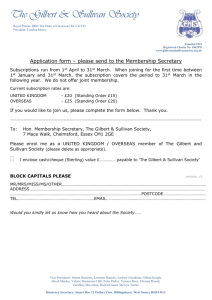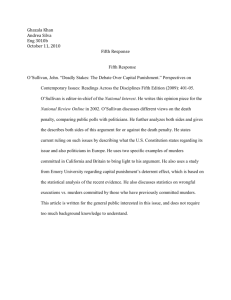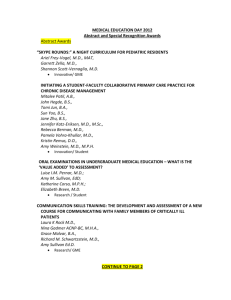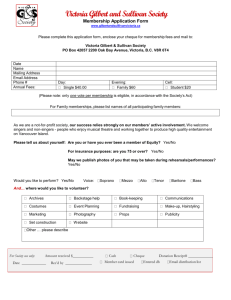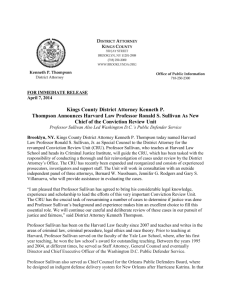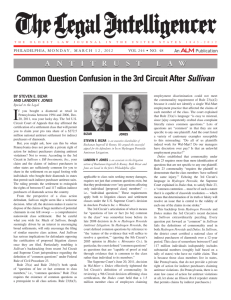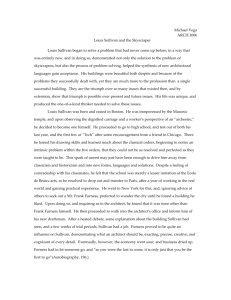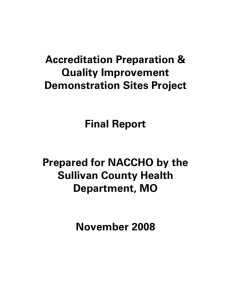Economics 131: Public Economics
advertisement
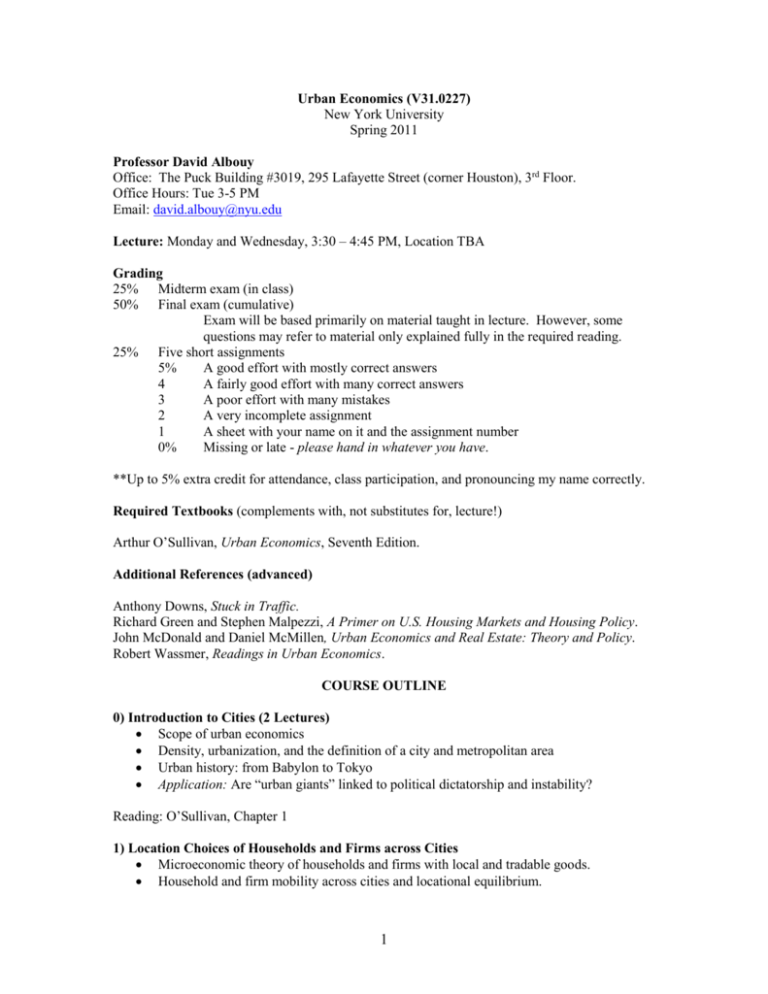
Urban Economics (V31.0227) New York University Spring 2011 Professor David Albouy Office: The Puck Building #3019, 295 Lafayette Street (corner Houston), 3rd Floor. Office Hours: Tue 3-5 PM Email: david.albouy@nyu.edu Lecture: Monday and Wednesday, 3:30 – 4:45 PM, Location TBA Grading 25% Midterm exam (in class) 50% Final exam (cumulative) Exam will be based primarily on material taught in lecture. However, some questions may refer to material only explained fully in the required reading. 25% Five short assignments 5% A good effort with mostly correct answers 4 A fairly good effort with many correct answers 3 A poor effort with many mistakes 2 A very incomplete assignment 1 A sheet with your name on it and the assignment number 0% Missing or late - please hand in whatever you have. **Up to 5% extra credit for attendance, class participation, and pronouncing my name correctly. Required Textbooks (complements with, not substitutes for, lecture!) Arthur O’Sullivan, Urban Economics, Seventh Edition. Additional References (advanced) Anthony Downs, Stuck in Traffic. Richard Green and Stephen Malpezzi, A Primer on U.S. Housing Markets and Housing Policy. John McDonald and Daniel McMillen, Urban Economics and Real Estate: Theory and Policy. Robert Wassmer, Readings in Urban Economics. COURSE OUTLINE 0) Introduction to Cities (2 Lectures) Scope of urban economics Density, urbanization, and the definition of a city and metropolitan area Urban history: from Babylon to Tokyo Application: Are “urban giants” linked to political dictatorship and instability? Reading: O’Sullivan, Chapter 1 1) Location Choices of Households and Firms across Cities Microeconomic theory of households and firms with local and tradable goods. Household and firm mobility across cities and locational equilibrium. 1 Compensating wage and rent differentials. The measurement of wage and cost-of-living differences across cities Application: Local quality of life and productivity measurement: what are America’s most livable, productive, and valuable cities? Application: The benefits of public infrastructure investments. Application: Estimating the amenity costs and benefits of climate change by area. Application: Federal tax and transfer policy across cities and regions. Reading: O’Sullivan, Chapter 2 2) Urbanization, Agglomeration and City Size Advantages of urbanization in production and consumption: learning, matching, and sharing Disadvantages of urbanization: congestion, pollution, crime, and disease. Urban hierarchies and Central Place Theory Application: Zipf’s Law: Population = constant/(Population Rank) ! Application: Efficient population distribution: are cities too big or too small? Application: “Sex and the City:” Why are there more women than men in large cities? Reading: O’Sullivan, Chapters 3 & 4 3) Urban Growth Local labor supply and demand curves Economic base theory and the multiplier Causes of local economic growth (in brief) Application: Do local economic development programs benefit locals? Application: Are sports teams and stadia that great for local economic development? Reading: O’Sullivan, Chapter 5 4) Inside the City: Urban Land Rent and Land-Use Patterns The traditional mono-centric city model. Closed and open cities. Bid-rent curves for households, offices, and manufacturing Application: How do transportation costs affect the shape and number of cities? Reading: O’Sullivan, Chapter 6 & 7 5) Inside the City: Local Government, Neighborhood Choice The Tiebout Model of local public goods, neighborhood sorting, and benefit taxation. Suburbanization and sprawl: causes and consequences Application: Income sorting, tipping points, and “flight from blight.” Reading: O’Sullivan, Chapters 8, 15, & 16 6) Housing Prices and Housing Supply The user cost of housing: capital costs and gains, maintenance, depreciation, and taxes. Housing supply restrictions and exclusionary zoning: zoned out? Tenure choice: owning versus renting. 2 Application: Urban decline and durable housing: why does anyone still live in Detroit? Application: Housing price indices, price-rent ratios, and the housing bubble. Application: Is home ownership good for society? Reading: O’Sullivan, Chapters 9 & 13 7) Urban Transportation Commuting patterns. Automobiles and externalities from congestion, pollution, accidents, and other sources Mass transit Application: Congestion tolling and highway building. Application: The costs and benefits of mass transit. Reading: O’Sullivan, Chapters 10 & 11 8) Housing Policy and Urban Poverty Rent control and its unintended consequences. Public housing and housing vouchers Neighborhood effects, peer effects, and broken windows. Spatial mismatch between residence and workplace Application: What effect do ghettoes have on socioeconomic outcomes? Application: Escape from the ghetto: The Moving to Opportunity program. Reading: O’Sullivan, Chapter 14 9) Crime Economic theory of criminal behavior Optimal deterrence and sentencing Application: More guns = more crime or less crime? Application: The rise and fall of urban crime – can we really explain both together? Reading: O’Sullivan, Chapter 12 3


